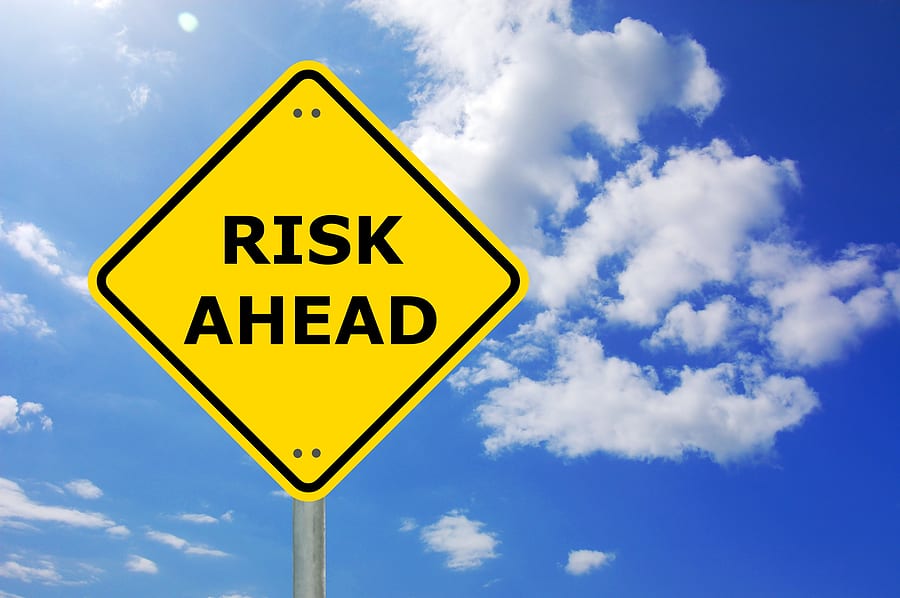Baby Steps: Six steps to improving product liability risk management
In a recent article by Sarah Fang of Saiber LLC titled, “Baby steps: six steps to improving product liability risk management” Ms. Fang highlights the risks associated with the manufacture of products overseas. In the article, Ms. Fang points out that in 2012 the Consumer Product Safety Commission (CPSC) ordered the recall of over 312 products of which almost 52% were manufactured in China. Of those products recalled half were classified as children’s products with most of those having violations ranging from lead paint to burn and strangulation hazards.
The impact of these defective products is felt not only in the area of brand equity and customer loyalty or retention but also in the company’s bottom line. It was noted in the article that even a small loss in brand value, given the very large U.S. consumer market, can lead to large financial implications for the company. As noted in a study done by Bain & Co. on customer retention, customers will not remain loyal if the products they buy are defective. Legal expenses are impacted as well as the cost of defending a product liability claim in U.S. courts is very high.
The article goes on to lay out six areas where companies can mitigate and/or prevent defective products and improve product safety. Each of the steps happens to be associated with either regulations or rulings by the CPSC with regard to children’s products as found in the “Testing Pertaining to Product Certification Rule” as amended by 16 CFR Part 1107.
- Ensure compliance with all code, statute, or product regulations. As it is with most of the product regulations the CPSC oversees, the expectation is that the manufacturer knows what rules; bans or standards apply to their product and will have tested the product accordingly before it enters the stream of commerce in the U.S. The CPSC also requires that any mandatory testing be done by one of their accredited laboratories which can now be found in most major overseas production centers around the world. This initial certification of the product is done so that the manufacturer may issue a Certificate of Conformity or a Children’s Product Certificate (CPC) which is a statement from the manufacturer that the product conforms to all applicable rules, bans or standards that would apply. The Product Certification Rule goes one step further in requiring the manufacturer to submit a “representative samples” of the product for testing. The numbers of samples to be submitted is based on the manufacturing process and the total number of products produced in that particular lot, batch or production run. If any of the samples submitted were to fail a safety standard then it would be deemed that the whole lot, batch or production run is not compliant. The manufacturer would then need to take the steps needed to investigate and document the failure and submit new samples for re-testing.
- Proper documentation and record retention. The ruling requires manufacturers to keep the following documents (either electronically or in hardcopy) for each children’s product for five years from the date of production; (a) a copy of the Children’s Product Certificate, (b) records of each third party certification test for each manufacturing site, (c) records of testing plans, actual testing and/or results, as applicable, (d) records of the number of representative samples selected for periodic testing and the procedure used to select them, the testing conducted on those samples, and the basis for inferring compliance from the results of those tested samples, (e) records of and descriptions of all material changes in the product, (f) records of the undue influence procedures implemented by the manufacturer including training materials and employee attestations.
- Properly manage any and all outsourcing for quality. Manufactures that rely on third party component suppliers or foreign manufacture finished good suppliers may us the testing or certifications from these suppliers to issue certificates for the finished product. However the manufacturer must exercise “due care” in accepting these certificate or finished product testing to ensure that all the proper testing has been done and that it was completed by a CPSC accredited laboratory. Additionally the requirement of sufficient or “representative samples” must be documented along with any initial testing failures and the remedy of those failures.
- Contract management. Manufacturers must carefully draft a proper contract and purchase order that reflect all of the additional documentation and recordkeeping associated with the new periodic testing rule when dealing with both foreign and domestic suppliers, especially if relying on supplier certificates or third-party testing reports for product compliance.
- Proper training. Manufacturers must have a “written statement” by company officials that; states that the exercise of undue influence on third-party laboratories is unacceptable and directs every “appropriate staff member” to receive training on avoiding undue influence. In addition each staff member that goes through such training must sign a statement attesting to participation in the training. Manufacturers must also inform employees that allegations of undue influence may be confidentially reported to the CPSC and provide a description of the manner in which such a report can be made. Manufacturers are required to retrain staff members if there are any changes in the CPSC’s undue influence requirements.
- Monitoring product performance. The new rule requires manufacturers to retest its production batch any time a “material change” has been made that could impact the products continued compliance to the applicable safety rules. Material change could include such things as; changes in the production design, the manufacturing process, the sourcing of a component part (change in supplier) or the component part itself.

